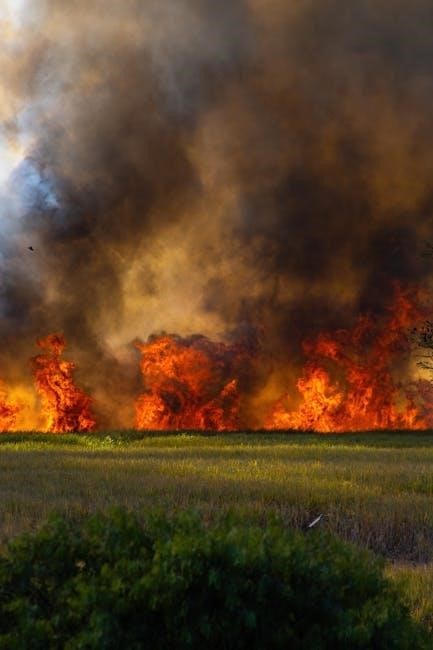Mastering sublimation heat press settings is crucial for achieving vibrant, durable designs․ This guide explores optimal temperature, time, and pressure settings to ensure flawless transfers on various materials, avoiding undercooked or overcooked results․
Overview of Sublimation Printing
Sublimation printing is a popular technique that uses heat to transfer vibrant, full-color designs onto various materials․ It involves printing designs onto sublimation paper using special ink, which is then applied to a substrate under high temperature and pressure․ This process causes the ink to sublimate, turning it into a gas that bonds with the material, creating a permanent, durable image․ Sublimation works best on materials like polyester fabrics, ceramics, and metals, as these allow the ink to penetrate deeply․ The key to successful sublimation lies in precise control of temperature, time, and pressure, ensuring the ink fully transfers without burning or fading․ This method is ideal for creating custom designs on apparel, home decor, and promotional items, offering bright colors and a professional finish․
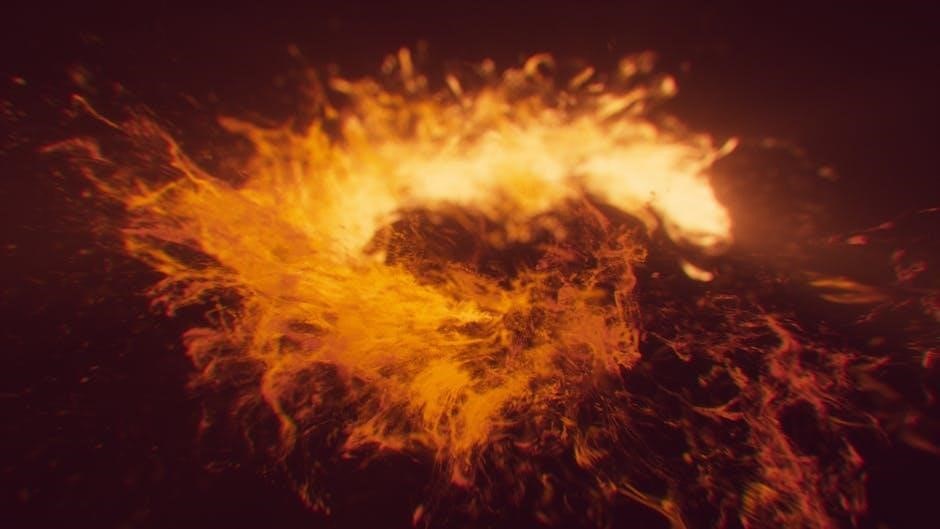
Key Factors Affecting Heat Press Settings
Temperature, press time, and pressure are critical factors in sublimation printing․ These settings vary by material, ensuring optimal results and preventing issues like ink bleeding or undercooked designs․
Temperature Range for Sublimation
The ideal temperature range for sublimation varies between 350°F and 400°F (175°C to 204°C), depending on the material․ Lower temperatures may result in light colors, while higher temperatures can cause ink to burn or overcook․ For polyester fabrics, a temperature of 380°F to 400°F is recommended, ensuring vibrant colors without damaging the fabric․ Hard substrates like ceramics or metal typically require slightly lower temperatures, around 350°F to 375°F, to prevent cracking or discoloration․ It’s essential to pre-test materials to find the perfect balance, as excessive heat can lead to faded designs or substrate damage․ Always refer to the manufacturer’s guidelines for specific materials to achieve professional-quality results․
Press Time and Material Thickness
Press time is critical in sublimation, varying based on material thickness and type․ For fabrics, a typical press time is 45 to 60 seconds, ensuring the dye fully sublimates without scorching․ Thicker materials like neoprene or wood may require 60 to 90 seconds to allow heat penetration․ Hard substrates such as ceramics or metal often need shorter times, around 30 to 45 seconds, to prevent overheating․ Material thickness affects heat distribution; thicker items may need longer press times for even transfer․ Always pre-press to remove moisture, ensuring optimal heat transfer and vibrant results․ Adjusting time based on material ensures designs are crisp and long-lasting, avoiding undercooked or overcooked appearances․ Proper timing is key to achieving professional-quality sublimation prints․
Pressure Settings for Different Materials
Pressure settings vary significantly across materials in sublimation․ For polyester fabrics, medium to high pressure (around 40 PSI) ensures even ink transfer without damaging fibers․ Delicate fabrics may require lighter pressure to prevent stretching or creasing․ Hard substrates like ceramics or metal need firm pressure to ensure contact but avoid cracking․ For thicker materials such as neoprene or wood, higher pressure is essential for deep heat penetration․ Using a Teflon sheet or protective paper helps distribute pressure evenly and prevents ink bleeding․ Proper pressure ensures vibrant colors and prevents ghosting, especially on complex designs․ Adjusting pressure according to material thickness and type is crucial for achieving professional-quality sublimation prints that are both durable and visually appealing․
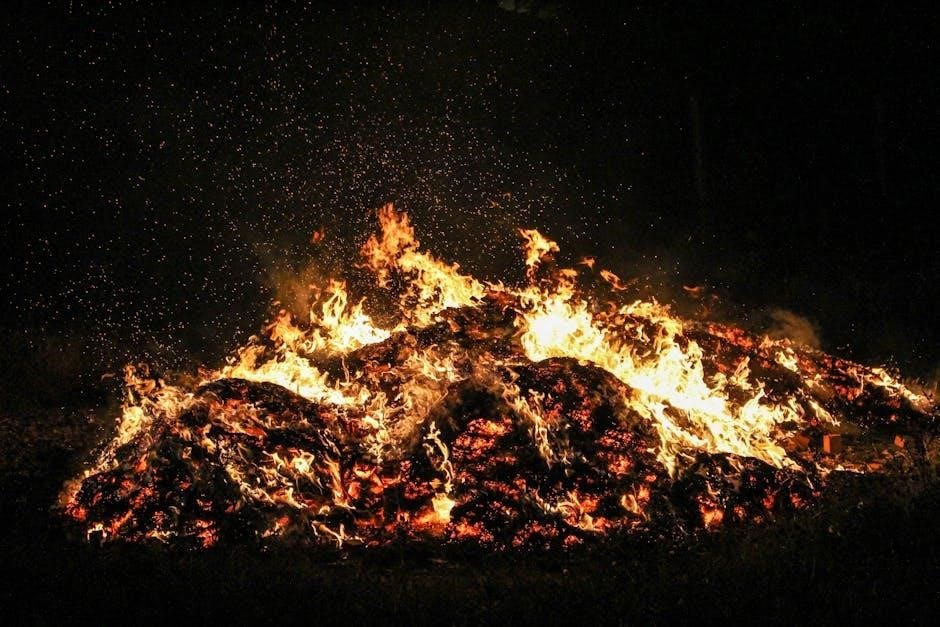
Recommended Temperature and Time Settings
Optimal sublimation results require precise temperature and time settings․ Typically, temperatures range between 350°F to 400°F, with press times varying from 30 to 60 seconds based on material type and thickness․
Polyester Fabrics
Polyester fabrics are a popular choice for sublimation due to their ability to hold vibrant colors․ The ideal temperature for sublimation on polyester is between 350°F to 400°F, with a press time of 35-45 seconds․ Medium to high pressure (around 40 PSI) is recommended to ensure proper ink transfer․ Pre-pressing the fabric for 3-5 seconds to remove moisture is crucial for achieving sharp, non-bleeding designs․ Using a Teflon sheet or protective paper is also advised to prevent ink spillage and ghosting․ For best results, ensure the fabric is 100% polyester or a high-polyester blend, as lower polyester content may result in faded colors․ Always refer to the specific material guidelines for precise settings, as slight variations may occur depending on the fabric thickness and desired outcome․
Ceramic and Glass Substrates
Ceramic and glass substrates require precise heat press settings to achieve vibrant, long-lasting sublimation results․ The ideal temperature for these materials is around 180°C (356°F), with a press time of 80 seconds․ High pressure is essential to ensure proper ink transfer and adhesion․ It’s important to use sublimation paper specifically designed for non-porous surfaces and to ensure the substrate is clean and dry before transferring․ For ceramic mugs, preheating the press to 160-170°C (320-338°F) for 25 seconds is recommended; Always follow the manufacturer’s guidelines for the specific substrate, as variations in thickness or material composition may require slight adjustments․ Proper alignment and even pressure distribution are critical to avoid ghosting or uneven color distribution․
Metal and Stainless Steel
Metal and stainless steel substrates require a slightly lower temperature range compared to other materials to prevent damage․ The optimal temperature for sublimation on these surfaces is typically between 150°C to 180°C (302°F to 356°F), with a press time of 45 to 60 seconds․ Medium to high pressure is recommended to ensure proper ink transfer․ It’s important to use a Teflon sheet or protective paper to prevent ink spillage and protect the heat press․ For stainless steel tumblers, a temperature of 160-170°C (320-338°F) for 25 seconds is often ideal․ Always pre-press the substrate for a few seconds to remove moisture and ensure a smooth transfer․ Proper alignment and even pressure distribution are key to achieving vibrant, long-lasting designs on metal surfaces․
Plastic and Polymer Materials
For plastic and polymer materials, the ideal temperature range is 350°F to 400°F (177°C to 204°C), with a press time of 45 to 60 seconds․ Medium pressure is recommended to ensure proper ink adhesion without damaging the substrate․ It’s important to use a Teflon sheet or protective paper to prevent ink spillage and protect the heat press․ Some plastics may require slightly lower temperatures to avoid warping or discoloration․ Always pre-press the material for a few seconds to remove moisture and ensure a smooth transfer․ For full-color sublimation on plastics, a temperature of 385°F (196°C) for 50-55 seconds is often ideal․ Adjust settings based on the specific polymer type and thickness to achieve vibrant, long-lasting results․
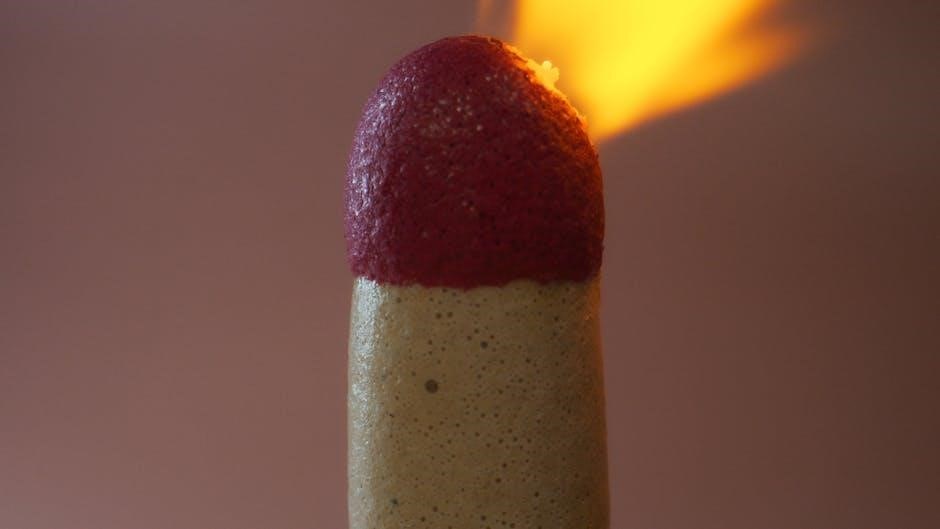
Material-Specific Heat Press Settings
This section provides insights into optimizing heat press settings for various materials, ensuring vibrant and durable sublimation results through tailored temperature, time, and pressure adjustments․
Cotton and Blends
While cotton is not ideal for sublimation due to its natural fibers, blends with synthetic materials like polyester can yield decent results․ For cotton-rich fabrics, a temperature of 375-390°F for 45-60 seconds is recommended․ Use medium pressure and pre-press the fabric for 3-5 seconds to remove moisture․ Applying a tack spray to secure the transfer paper and using a blow-out sheet can minimize ghosting․ Ensure the fabric has a high white point for better color vibrancy․ For blends with higher polyester content, increase the temperature to 400°F for 35-40 seconds․ Always test settings on a small area first to avoid undercooked or overcooked designs․ Proper preparation and the right pressure are key to achieving crisp, long-lasting prints on cotton and blended materials․
Neoprene and Synthetic Fabrics
Neoprene and synthetic fabrics, often used for mouse pads, coasters, and foam sheets, require specific heat press settings for optimal sublimation results․ A temperature range of 380-400°F (193-204°C) is recommended, with a press time of 45-60 seconds․ Apply medium to high pressure to ensure proper ink transfer, as these materials are thicker and denser․ Use a Teflon sheet to prevent ink spillage and protect the press․ Preheating the fabric for 5-10 seconds can help remove moisture and improve print clarity․ For full-color vibrant designs, ensure the fabric is compatible with sublimation inks․ Proper pressure distribution is crucial to avoid undercooked areas․ Always test settings on a small sample first to achieve the best results for your synthetic and neoprene projects․
Wood and MDF Substrates
Sublimation printing on wood and MDF substrates requires careful heat press settings to avoid damage and ensure vibrant results․ The ideal temperature ranges from 160°C to 170°C (320°F to 338°F), with a press time of 25-30 seconds․ Use medium to high pressure to ensure proper ink transfer, as wood surfaces can be uneven․ A Teflon sheet or protective paper is essential to prevent ink spillage and protect the press․ Preheating the substrate for 5-10 seconds can help achieve better results․ Ensure the wood or MDF is treated or coated for sublimation to improve ink adhesion․ Testing settings on a small sample first is recommended to avoid overcooking or undercooking the design․ Adjustments may be needed based on the thickness and type of wood material being used․
Nylon and Spandex
Sublimation printing on nylon and spandex requires precise heat press settings to ensure vibrant colors and durability․ The ideal temperature range is 350°F to 400°F (177°C to 204°C), with a press time of 30-45 seconds․ Medium pressure is recommended to avoid stretching the fabric․ Use Teflon sheets on both sides to prevent ink spillage and protect the press․ Preheating the fabric for 5-10 seconds can improve ink adhesion․ Nylon and spandex blends may require slightly lower temperatures to prevent damage․ Always test settings on a small sample first to ensure optimal results․ Adjustments may be needed based on the fabric’s stretchiness and thickness․ Proper preparation and alignment are key to achieving professional-quality sublimation prints on these flexible materials․
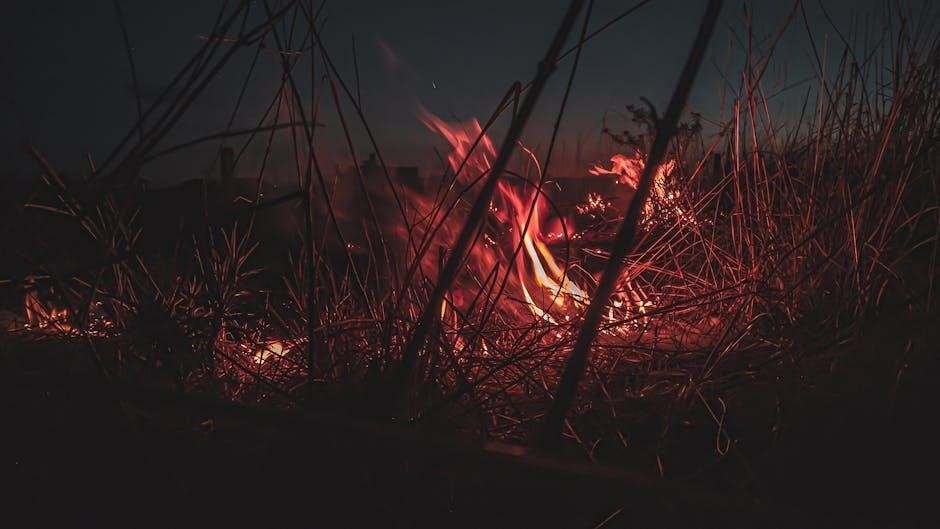
Advanced Heat Press Techniques
Advanced techniques optimize sublimation results․ Pre-press preparation removes moisture, ensuring even heating․ Teflon sheets prevent ink smudging, while double pressing enhances vibrant colors on challenging materials like full wraps and curved surfaces․
Pre-Press Preparation
Pre-press preparation is essential for successful sublimation․ Start by ensuring the heat press is clean and free from debris․ Preheat it to the recommended temperature for your material․ For fabrics, pre-press the garment for 3-5 seconds to remove moisture and flatten fibers, promoting even dye transfer․ Use a tack spray to secure the transfer paper, preventing movement during pressing․ Apply a blow-out sheet or Teflon paper to protect the platen and prevent ink from adhering to it․ Proper preparation minimizes ghosting and ensures vibrant, long-lasting designs․ Always refer to the specific material guidelines for optimal results․
Using Teflon Sheets and Protective Papers
Teflon sheets and protective papers are indispensable in sublimation printing․ They create a barrier between the heat press and the substrate, preventing ink from adhering to the press․ Use Teflon sheets on both sides of the material to avoid spills and ensure even heat distribution; Protective papers, like blow-out sheets, are especially crucial for materials prone to ink bleeding․ Place the paper on top of the transfer to absorb excess dye and prevent ghosting․ Always position the substrate face-up under the heat plate․ These accessories protect both the press and the design, ensuring professional-quality results․ Proper use of Teflon and protective papers is key to achieving vibrant, durable sublimation prints․
Double Pressing for Full Wrap Applications
Double pressing is a technique used for full wrap sublimation applications, ensuring complete coverage and vibrant results․ For materials like tumblers or mugs, press for 60-90 seconds, then rotate the substrate 180 degrees and press for an additional 60-90 seconds․ This method ensures even heat distribution and prevents alignment issues․ Use a temperature range of 350-400°F (177-204°C) and medium to high pressure․ After the first press, allow the substrate to cool slightly before flipping․ Double pressing is especially effective for curved or uneven surfaces, ensuring the design adheres fully․ Always use Teflon sheets or protective papers to avoid ink transfer to the press․ This technique guarantees professional-quality wraps with consistent color and durability․

Troubleshooting Common Issues
Identify and resolve common sublimation issues like ghosting, ink bleeding, and uneven transfers by adjusting temperature, time, and pressure settings for optimal results․
Ghosting and Ink Bleeding
Ghosting and ink bleeding are common issues in sublimation printing, often caused by excessive temperature or pressure․ To prevent this, use Teflon sheets or protective papers to avoid ink spillage on the heat press․ Pre-pressing the material for 3-5 seconds can eliminate moisture, reducing the risk of ghosting․ Applying a tack spray to the transfer and using a blow-out sheet can also help maintain alignment and prevent ink from spreading unevenly․ Ensure the heat press is set to the correct temperature (typically 375-400°F) and time (40-60 seconds) for the specific material․ Proper pressure settings, around 35-50 PSI, are essential to avoid over-saturation of the substrate․ Regularly cleaning the heat press platen and ensuring it is free from debris can also minimize these issues․ Adjusting settings based on material thickness and type will help achieve sharp, vibrant designs without unwanted ink migration․
Undercooked or Overcooked Designs
Undercooked designs occur when the temperature or press time is too low, resulting in faded or incomplete transfers․ Conversely, overcooked designs happen when excessive heat or prolonged press time causes discoloration or ink burning․ To avoid undercooked designs, ensure the heat press temperature is within the recommended range (375-400°F) and press time is adequate (40-60 seconds)․ For overcooked designs, avoid exceeding the material’s maximum heat tolerance and reduce press time if necessary․ Using a thermometer to monitor platen temperature and performing test prints can help identify optimal settings․ Adjusting settings based on material thickness and type is crucial for achieving perfectly cooked, vibrant designs without damage or distortion․
Pressure and Alignment Mistakes
Pressure and alignment errors are common issues in sublimation printing․ Incorrect pressure can lead to uneven ink transfer or substrate damage․ Too little pressure may result in faint designs, while excessive pressure can cause ink bleeding or warping․ Proper alignment is equally critical; misaligned designs can lead to crooked or incomplete transfers․ To avoid these mistakes, ensure the heat press platen is evenly weighted and adjust pressure settings according to material thickness․ Use alignment tools or grids to center designs accurately․ Pre-pressing the substrate to remove wrinkles and moisture also improves alignment and pressure distribution․ Regularly calibrating the heat press and testing settings on scrap material can help prevent these errors, ensuring crisp, professionally aligned sublimation results․ Proper technique and preparation are key to achieving flawless designs․
